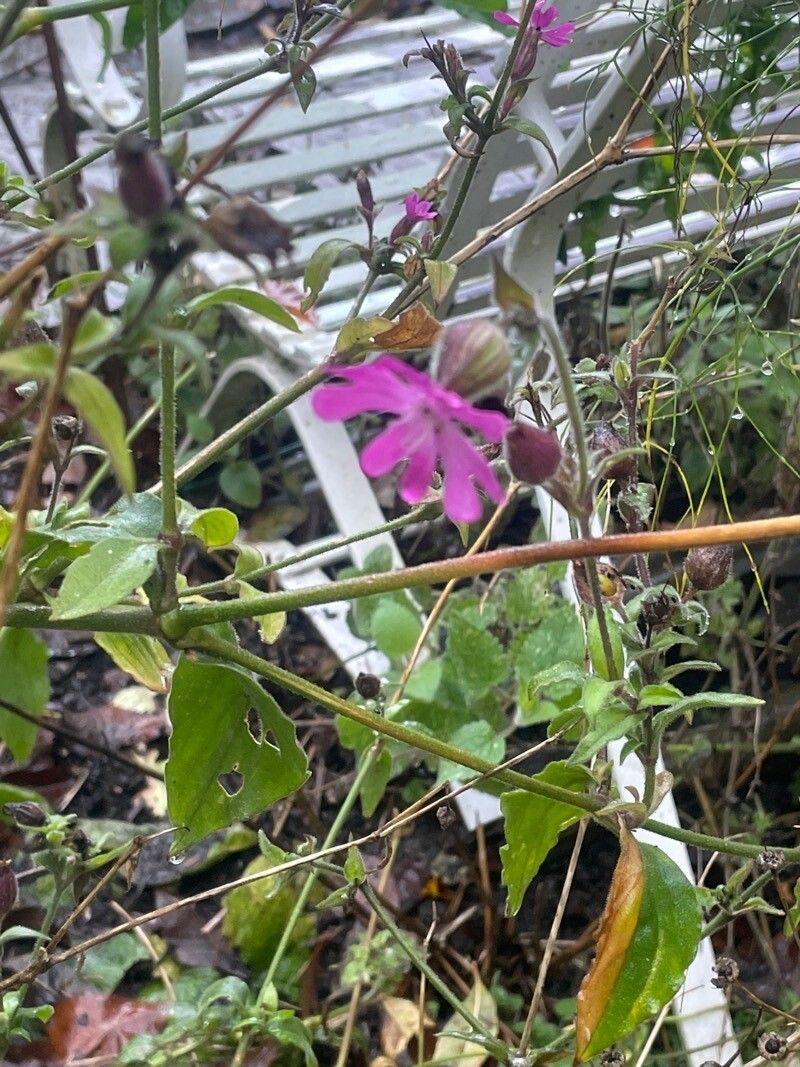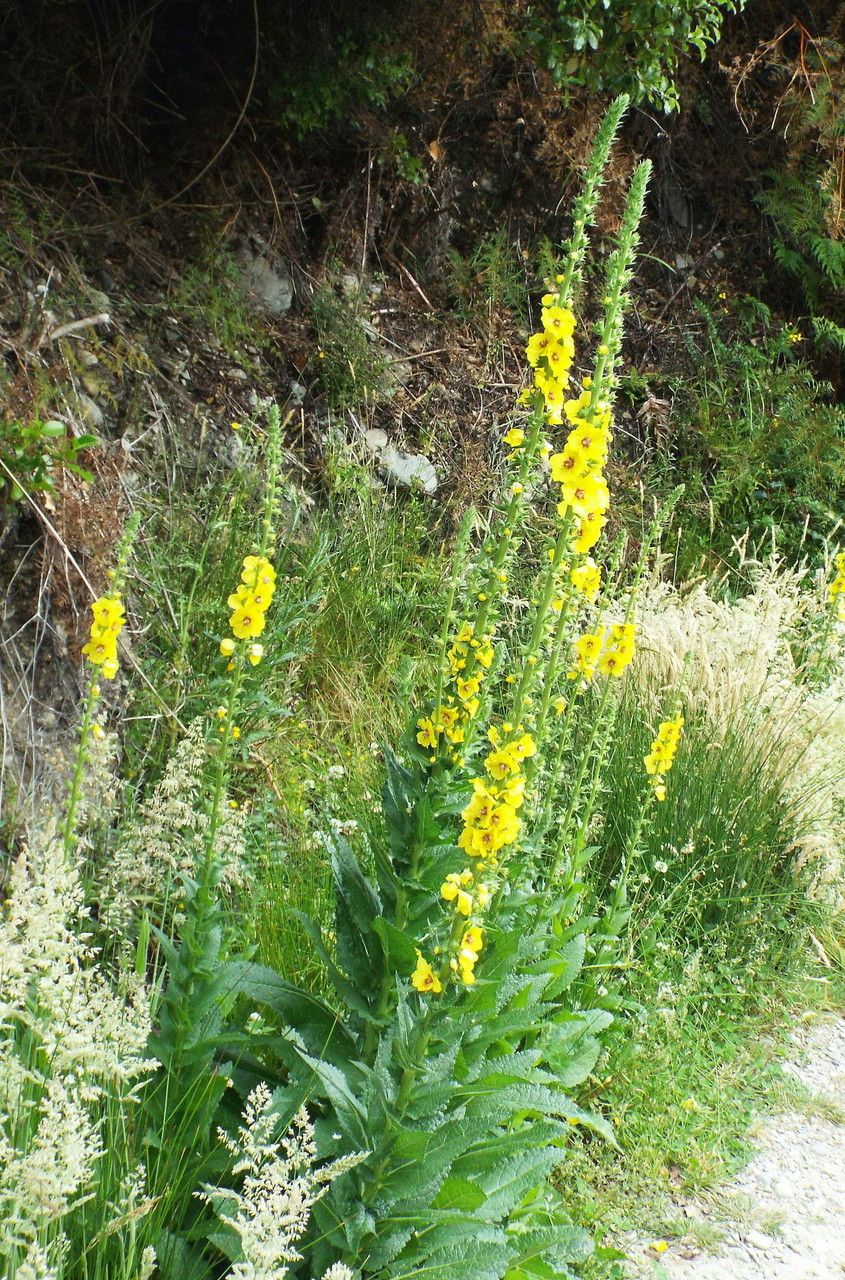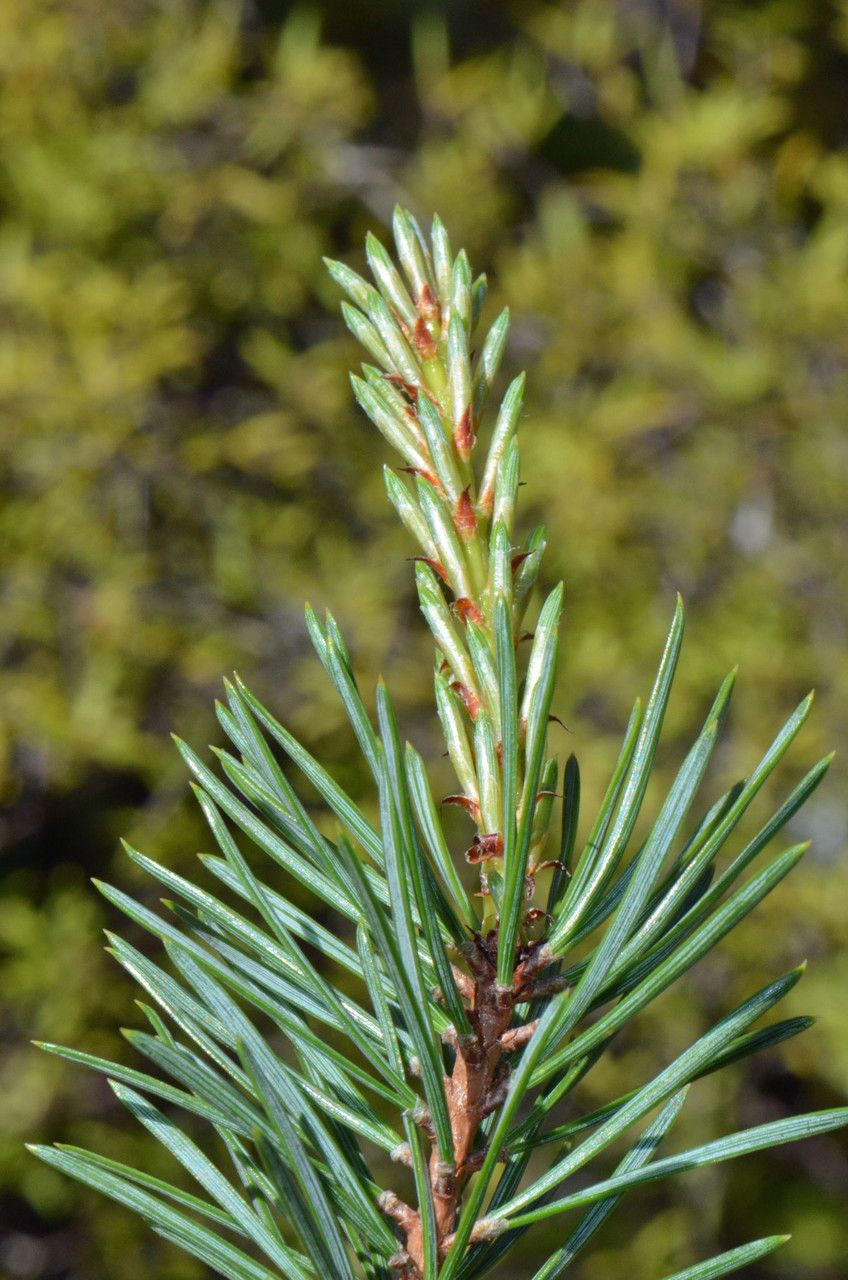# Red Campion: A Vibrant Addition to Your Garden
The Red Campion ( *Silene dioica*), a member of the Caryophyllaceae family, is a captivating wildflower known for its vibrant pink blooms. This charming plant adds a splash of color to meadows, woodland edges, and even the home garden. With its delicate petals and graceful form, the Red Campion is a beloved choice for gardeners of all experience levels.
### Botanical Description
Red Campion is a herbaceous biennial or short-lived perennial, meaning it typically lives for two years or a few more. It features opposite, lance-shaped leaves and grows to a height of approximately 1-2 feet (30-60 cm). Its most striking feature, however, is its profusion of vibrant pink flowers. These flowers are composed of five petals, deeply lobed, giving them a delicate, fringed appearance. While typically pink, variations can range from pale pink to a deeper crimson. Male and female flowers are borne on separate plants, a characteristic known as dioecy.
### Habitat and Growth
Red Campion thrives in moist, well-drained soil, making it well-suited to a variety of garden environments. It prefers partial shade but can tolerate full sun, provided the soil remains consistently moist. In its natural habitat, you'll find it flourishing in meadows, woodland edges, and along riverbanks. This adaptability makes it a versatile addition to both formal and informal garden designs. It spreads readily by self-seeding, contributing to its popularity as a naturalizer.
### Planting and Care
Red Campion is relatively easy to cultivate from seed. Sow seeds directly into the garden in spring or autumn. Ensure the soil is well-prepared and free of weeds. Once established, Red Campion requires minimal care. Water regularly, especially during dry periods, but avoid overwatering, as this can lead to root rot. Deadheading spent flowers will encourage further blooms and prevent self-seeding if uncontrolled spread is undesired.
### Pests and Diseases
Red Campion is generally quite resilient to pests and diseases. However, like all plants, it can occasionally be susceptible to fungal infections in overly wet conditions. Good drainage and air circulation are key to preventing such problems. Slugs and snails may occasionally pose a threat, especially to young seedlings. Using slug pellets or barriers can help protect your plants.
### Uses and Benefits
Beyond its ornamental value, Red Campion has a rich history. Historically, its leaves have been used in salads, and the plant has also found use in traditional medicine. While its medicinal properties require further research, its undeniable beauty and ease of cultivation cement its place as a valuable addition to any garden.
### Propagation
Red Campion can also be propagated via cuttings taken in early summer. Ensure that the cuttings are taken from healthy, non-flowering stems, and treat with a rooting hormone to enhance success.
By following these simple guidelines, you can easily cultivate these beautiful flowers and enjoy their vibrant presence in your garden for years to come. Their ease of growth and striking appearance make them an excellent choice for beginner and expert gardeners alike.
Red Campion: Planting, Care & Growing Guide

Frequently Asked Questions
How to grow Red Campion from seed?
Sow seeds directly into well-prepared soil in spring or autumn. Ensure good drainage and keep the soil consistently moist until germination. Thin seedlings to about 6 inches apart for optimal growth.
What type of soil does Red Campion need?
Red Campion thrives in moist, well-drained soil. Avoid heavy clay soils that retain too much water, as this can lead to root rot. A slightly acidic to neutral pH is ideal.


